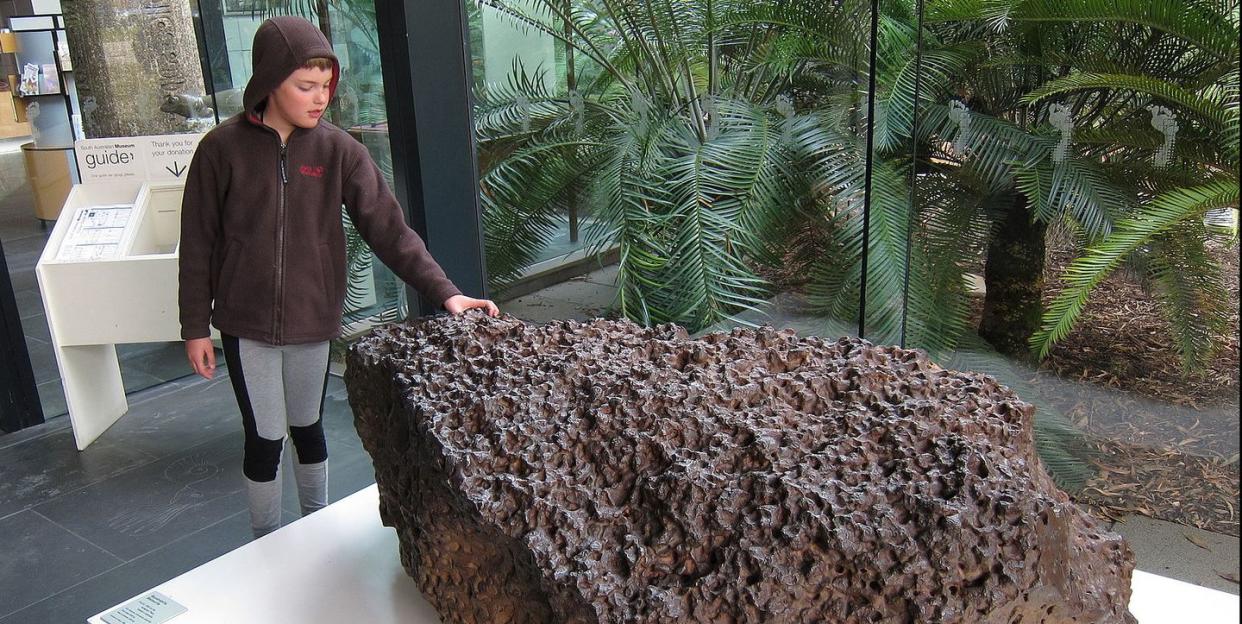What These Superconducting Space Rocks Tell Us About the Galaxy

Researchers have discovered two samples of meteorite which appear to conduct electricity.
The superconductive meteorite samples were found in Australia and Antarctica.
Discoveries like this help shape our understanding of the magnetic fields of celestial objects.
Meteorites have many recognizable properties. They're often denser than their Earthly counterparts. Some have vivid patterns, such as the Widmanstätten lines that are commonly found in some iron and pallasite meteorites. Most are at least slightly magnetic.
Now, scientists have observed one more incredible property: superconductivity.
Inside superconductive materials, all electrical resistance vanishes, meaning electrons can be shuttled between atoms uninterrupted. These elements (often metallic alloys) are extremely useful in technology, medicine and transportation. Superconductors are extremely rare on Eartha as most are manufactured and must be cooled to extreme temperature in order to work.
It is the first time this characteristic has been observed in a meteorite. The researchers, led by a team of scientists from U.C. San Diego, published their findings on March 23 in the journal Proceedings of the National Academy of the Sciences.
"Even the simplest superconducting mineral, lead, is only rarely found naturally in its native form, and, to our knowledge, there are no previous reports of natural lead samples superconducting," the team wrote, referring to previously discovered meteorites. "In fact, we are only aware of one previous report of superconductivity in natural materials, in the mineral covellite."
The team analyzed 15 different meteorites using three different methods: magnetic field modulated microwave spectroscopy, vibrating sample magnetometry, and energy dispersive x-ray spectroscopy. They discovered that two samples contained superconductive fragments.
One of the meteorites, nick-named Mundrabilla, was discovered in Australia in 1911 and is one of the largest meteorites ever found. The other meteorite, a type of space rock called a ureilite, was found in Antarctica about 25 years ago. The measurements revealed that alloys of lead, indium, and tin were the likeliest phases.
So why does it matter if a few chunks of space junk are super conductive?
"Superconducting particles within cold regions of space could have implications on the structure of stellar objects," the team wrote. "Specifically, superconducting particles could sustain microscopic current loops generated by transient fields and contribute to nearby magnetic fields."
In other words, this could reshape our understanding of the conditions in which planets form and help us to better understand the complex and dynamic magnetic fields that wrap around some celestial objects.
You Might Also Like

